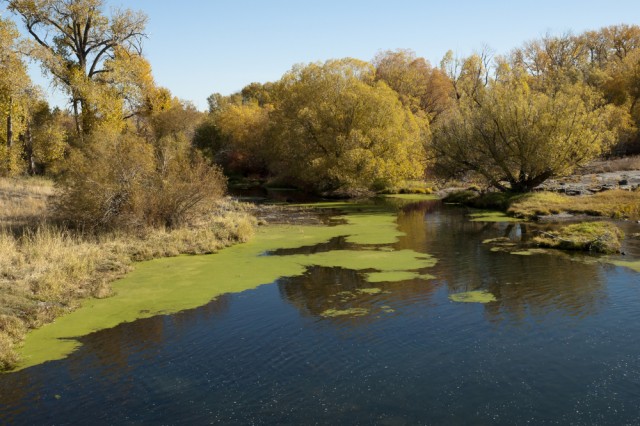Riparian
The term riparian comes from the Latin Ripa, meaning bank or shore. Riparian habitats occur along the banks or shores of rivers, streams, and lakes, and are often composed of plant species needing a constant supply of water. Cottonwoods, willows, alders, box elders, and ashes are common riparian trees, and these may be festooned with wild grape vines. In arid climates, riparian habitats are an important source of water, food, shade, and breeding sites for a variety of wildlife, especially birds, that does not occur in adjacent habitats. Small to mid-sized mammals use riparian zones as migratory corridors in their search for food. Riparian zones are also important to salmon because they provide shade, protection, and cooler water for young salmon before they migrate to the sea.

 (916) 434-2759
(916) 434-2759



